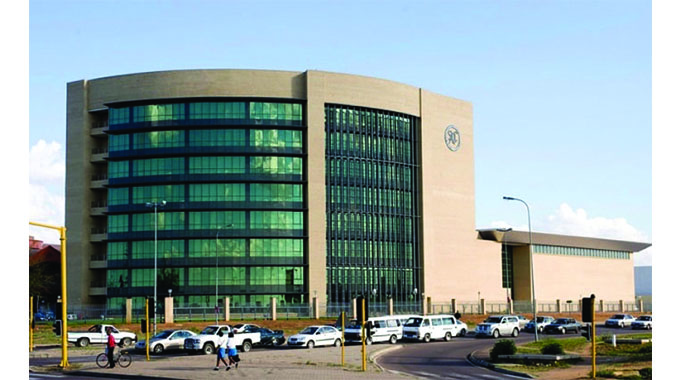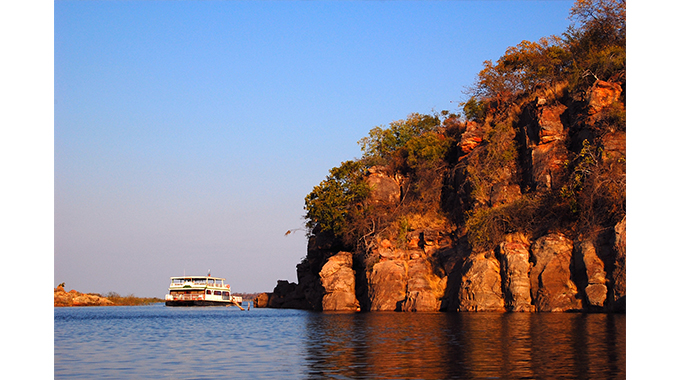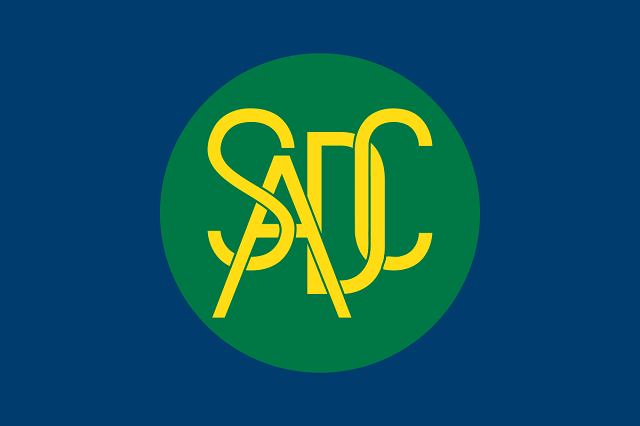
The Sunday News

Limukani Ncube, Editor
A Regional Transmission Infrastructure Financing Facility (RTIFF) aimed at providing a long-term solution to energy financing challenges within the Southern African Development Community (Sadc) could be what the doctor ordered to help solve the energy crisis facing a number of countries in the region.
Effects of climate change have impacted on power generation in a number of ways, which include disrupted rainfall patterns leading to low power generation capacity especially at the Kariba Hydro power plant, which primarily serves Zimbabwe and Zambia. In December, authorities said “Water levels in the lake (Kariba) have dropped to 4.1 percent of usable storage for the Kariba North Bank Power Station in Zambia and the Kariba South Bank on the Zimbabwean side of the lake.”
This lead to low power generation, which will only improve once water inflows improve, presumably in the first quarter of this year.
Furthermore, thermal power stations in the country have in recent years experienced faults leading to power outages, with the Government of Zimbabwe embarking on a massive expansion project in Hwange which is expected to soon solve power challenges that the country is facing.
In addition, private players have also come on board and injected funds into solar projects, a move that is likely to bring further relief to citizens as excess power from private companies will be channelled to the national grid.
As a result of low power production, load shedding has been implemented in a number of Sadc countries that include Zimbabwe, Zambia and South Africa. Reuters/Sowetanlive reported last week that Zambia has started rationing electricity supply to mining firms following reduced power generation after a big drop in water levels in Lake Kariba.

Lake Kariba
“Water levels in the lake were down to 1.66% of usable storage on Monday for the Kariba North Bank power station in Zambia and the Kariba South Bank power station on the Zimbabwean side of the lake….The north bank station has an installed capacity of 1,080MW, while the south bank station has a capacity of 1,050MW.
Hydropower contributes to more than 75% of Zambia’s electricity generation. We requested them to give away 180MW but after negotiations we went down to 110MW,” Zambia Electricity Supply Corporation Limited’s chairman, Mr Vickson Ncube was quoted as saying, referring to mining companies in Africa’s second-largest copper producer.
Recently, Zambia doubled the number of hours it cut supply to domestic customers to 12 hours from six hours daily as low water levels in the lake threatened power generation. Furthermore, since 2018, power blackouts have increased in South Africa.
“There are two main reasons for load shedding in South Africa. The first is the lack of installed electricity generation capacity that cannot meet demand. The next problem is that the available energy is far below the demand for electricity, which is why load shedding occurs,” said a local media outlet.
According to the Sadc news website (www.sadc.int/latest-news), senior officials responsible for Treasury and Energy in Sadc held a regional workshop in South Africa last September where it was proposed that a regional financing model be put in place to benefit all member countries.
“Most of the mainland Sadc Member States are experiencing insufficient supply of electricity due to frequent breakdown of aging power generation plants, inadequate power generation capacity to meet growing demand, inadequate transmission interconnectors to fully facilitate energy trading between Sadc Member States and congested power lines along the main power transfer corridors.
Furthermore, energy infrastructure projects are capital intensive and most Member States may not have adequate sovereign capital to individually develop energy generation and transmission infrastructure.
“The consultative workshop took place against the backdrop of the identified challenges which all need a consolidated regional approach through pooled resources.
To this end, a RTIFF has been identified as one of the viable mechanisms for financing of resilient energy infrastructure in order to secure long-term energy supply.
The RTIFF, once established and operationalised, is expected to assist Member States that have challenges in raising funds for electricity transmission projects of national and regional importance,” read the report.
If implemented, the RTIFF will be a funding platform that complements Development Finance Institutions (DFIs) lending with pooled debt. The report said Ms Elsie Salima from the Ministry of Finance and Economic Affairs in Malawi, reiterated that RTIFF was expected to facilitate the implementation of regional transmission projects and corridors, and therefore the outcome of the consultative engagement including financial modelling and priority projects that will support the RTIFF concept will be presented to the Sadc Committee of Ministers of Finance and Investment for consideration.

SADC
The Executive Director of Southern African Power Pool (SAPP), Engineer Steve Dihwa, reaffirmed that SAPP has formally committed US$20 million as anchor investment to RTIFF to unlock opportunities for attractive engagements with Sadc, potential funders, financiers and project sponsors. He added that strengthened transmission corridors, through a regional approach, across the mainland Sadc Member States with national power utilities participating in the SAPP could bring US$37 billion of cost saving in Net Present Value (NPV).
“The benefits of RTIFF also include strengthening the case for investment in renewable generation and creating new opportunities for additional sources of project financing, increased use of private capital and private sector participation,” he was quoted as saying.
The Sadc report also highlighted that “the importance of enhancing interconnection and power trade to increase the reliability of supply and connect three outstanding Member States, namely Angola, Malawi and the United Republic of Tanzania, onto the Southern African Power Pool (SAPP) has been acknowledged by Sadc.”
Furthermore, the Sadc-PF Plenary Assembly that took place in Malawi last July reiterated that Sadc countries must work together and exploit potential energy sources in order to curtain the energy crisis. The Sadc PF is a regional inter-parliamentary body composed of 15 parliaments representing over 3500 parliamentarians in the Sadc region.
According to a report by the Parliament of Namibia, the President of Malawi, Dr. Lazarus Chakwera, who officially opened the event lamented Sadc’s inaction in exploiting alternative means of energy sources.
“The Maseru 1996 Sadc protocol on energy recognizes the importance of energy in pursuit of the Sadc vision of economic well-being and poverty eradication. Our decades of slumber have brought a rude awakening from the Russia-Ukraine conflict that has exposed our vulnerability and insecurity in the area of energy.
It is my belief that this plenary will come up with resolutions that will help us in the Sadc region to resolve the energy challenges,” he was quoted as saying.



